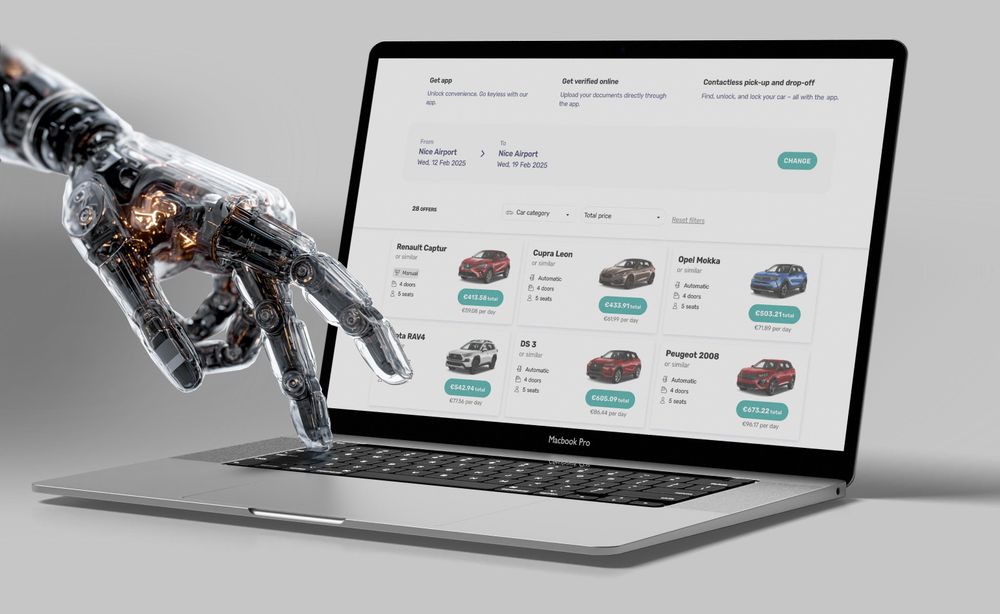Lane centering assist (LCA) is an advanced driver-assistance system that keeps the car in the centre of the lane, helping the driver with steering.
How does it work?
Lane centering assist works similarly to lane departure warning (LDW). It uses a camera to detect the lane lines on the road. The camera is usually mounted in the windshield near the rearview mirror. Some systems also make use of laser, radar, infrared, and other sensors. Using different image processing techniques, the LCA monitors the position of the lines in relation to the car. Then it automatically steers the car to keep it in the centre of the lane.
Advantages and disadvantages
The purpose of LCA, like any lane support system, is to lower the possibility of an accident resulting from distractions and sleepiness. But it also makes driving more convenient and automatic. It is an important step towards self-driving cars. When combined with adaptive cruise control, the car is considered a level 2 autonomous vehicle. The driver has to hold their hands on the wheel and pay attention to the road, but they don’t have to actively steer. Some systems also allow hands-free driving. Nevertheless, the driver’s attention needs to be on the road and they have to take over driving when needed.
Similarly to other lane support systems, LCA is limited to roads with good lane markings. When the marks have faded, it might have trouble recognising them. Extreme weather conditions such as heavy snow, rain or fog can also make it hard to detect the lines.
Lane centering is the most advanced lane support system. Other similar systems are lane departure warning and lane keeping.
Synonym(s):
- Lane centering
- Lane centring
- Autosteer
- Auto steer



